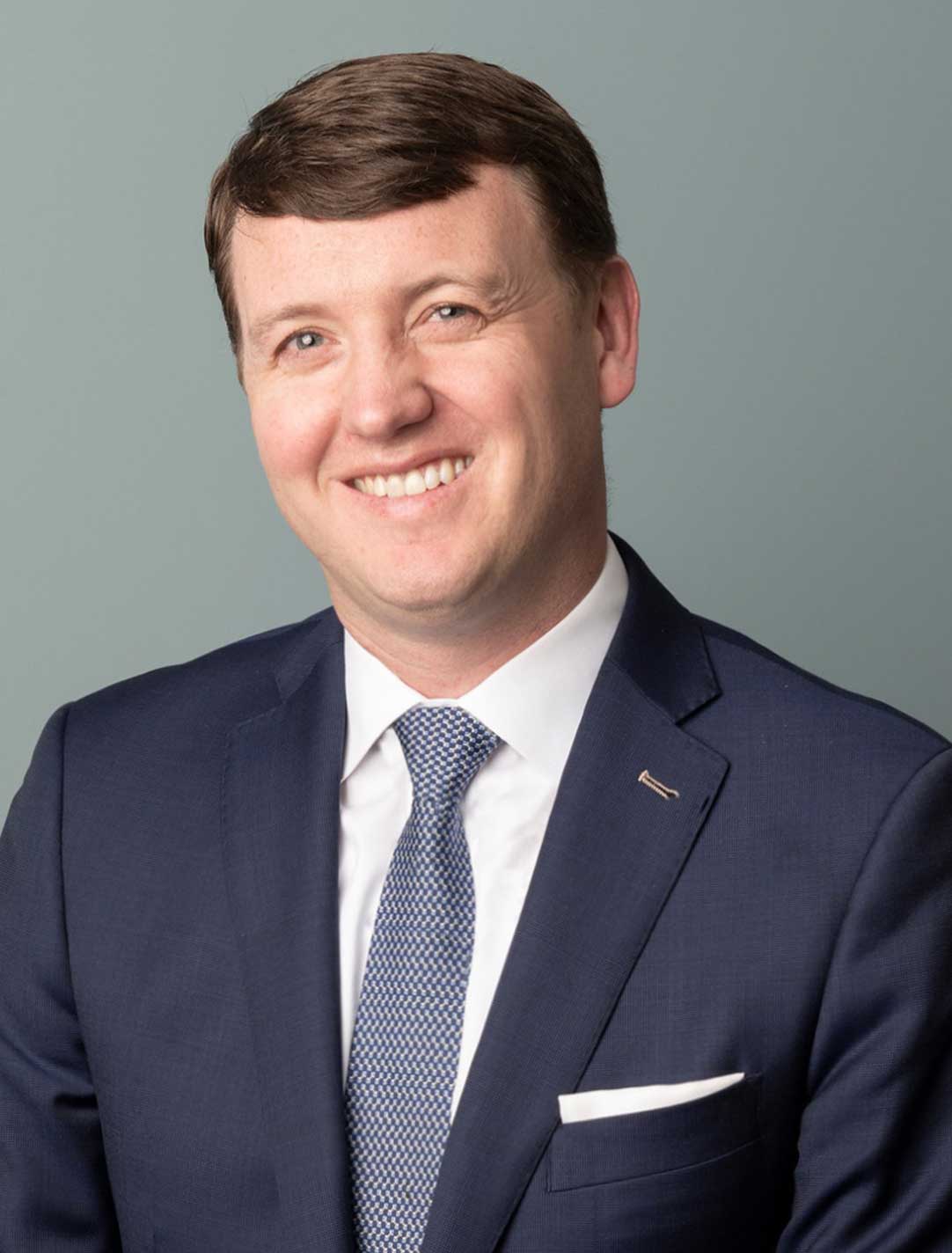Hip Adductor Tendon Tear
The Hip Adductors are made up of the adductor longus, adductor brevis, and adductor magnus. These muscles make up the inner thigh muscles and functions to bring the leg back into the midline. These muscles are critical to stabilize the hip when we walk run or do any sporting activity.
Causes
The most common cause is a traumatic tear. This is often due to a fall or pulling on the leg. It can occur when the leg goes into an unexpected split. Adductor tendon can cause partial tearing when it is overused.
Symptoms
The most common symptom is groin pain that originates in the pubic bone. This is where the longus and magnus attach to the pelvis. This is commonly associated with core injury (link out).
Diagnosis
Physical Exam
- Dr. Faucett will palpate the tendons and areas around the groin to see if there are areas of tenderness.
- He will also move the hip around to see if he can recreate any of the pain.
- Frequently in an acute injury there is a fair amount of bruising discoloration in the affected area.
Imaging Studies
- Xrays: Xrays are helpful to rule out any other causes of the pain and rule out a bony injury. Sometimes the tendon can rip the bone rather than just the tendon.
- MRI: A MRI will be able to locate the area and severity of the injury.
- Ultrasound: An ultrasound can be used to look at the soft tissues and diagnose injury.
Treatment
The goal of treatment is to restore the function of the adductor and lessen pain in the injured area.
Physical Therapy
In strains and minor tears, Dr. Faucett often recommends treatment with physical therapy.
- Ultrasound
- Dry Needling
- Massage
- Strength training.
Medications
Non-steroidal Anti-Inflammatory medication (NSAIDS) are helpful medications to limit pain
Surgery
In more severe cases or mild/moderate cases that have not healed, Dr. Faucett will recommend surgery. The goal of surgery is to relieve the pain and restore function.
Repair
For large acute tears with retraction (pulled away) the tendon will be sewn back to bone. For tears where the bone is not injured the tendon can undergo a combination of muscle lengthening and release and or repair of the tendon back to bone.
At a Glance
Dr. Scott Faucett
- Internationally Recognized Orthopedic Surgeon
- Voted Washingtonian Top Doctor
- Ivy League Educated & Fellowship-Trained
- Learn more



